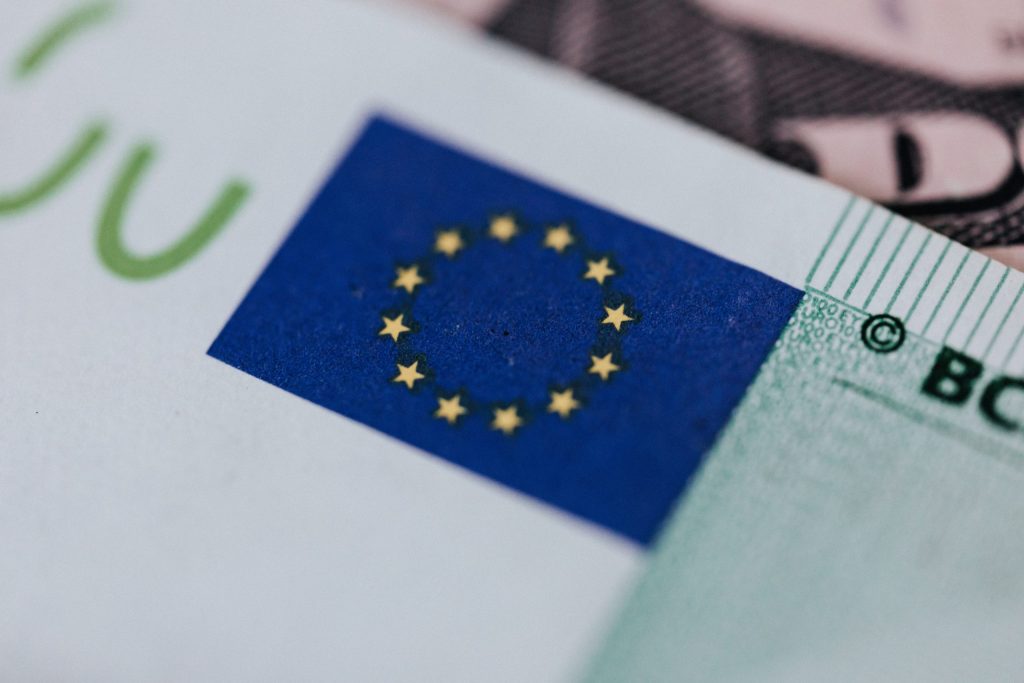If you are an Elliott Wave practitioner, then you understand how vital Fibonacci levels are. They are the pillars of the Elliot wave theory. Fibonacci retracement levels help traders find a correct Elliot count and determine the end of corrections or potential reversal areas.
Categories of Fibonacci Levels
Forex traders interact with two main categories of Fibonacci level categories expansion and retracement levels. It is essential to distinguish between these levels and focus on both of them when trading using Fibonacci. Although both levels are used to correct interpretation and count with Elliott’s theory, their application is distinct.
Most traders focus on retracement levels because they the most profitable to trade. When looking at the trade from a money management perspective, it makes sense that traders focus on retracement levels. For instance, when a trader places pending orders on specific retracement levels that are not reached, then the corrective wave fails to be completed, and hence the trader cannot take a new trade.
Retracement Levels to Consider
The Golden Ratio
The Golden Ratio, 61.8%, is the most important Fibonacci retracement level. According to Fibonacci, the golden ratio is a crucial level for almost everything in the universe. It is, therefore, no wonder this value has such value in technical analysis.
The golden ratio is used in both corrective and impulsive waves, although the interpretation in both is different. In impulsive waves, the golden ratio is primarily used to find the entry before the third wave based on the assumption that the second wave will retrace the golden ratio of the previous first wave.
A trader should indeed take a trade when the second wave retraces that far into the first wave. However, it is not sure that the end of the second wave gets close to the golden ratio level. The most likely chance is that only part of the second wave, for example, the a-wave, will get around the golden ratio level while the rest of the second wave follows.
The golden ratio retracement level is also used in corrective waves. It defines the corrective waves, which are about 61.8% retracement. To correctly interpret a three-wave structure as a flat pattern or a zigzag, a trader should focus on the b-wave retracement level because it retraces less or more than the golden ratio level compared to the previous wave.
The 50% Retracement Level
This retracement level is essential because trading with Elliott waves requires a trader to retrace a value ranging between 61.8% and 50%. The 50% retracement level is also significant because it interprets the Fibonacci retracement within the contracting triangle.
The 23.6 and the 38.2% Retracement Levels
Although these 23.6% and 38.2% retracement levels are not commonly used, they are essential when finding the end of the fourth wave in an impulsive wave. The impulsive wave is the b-wave in a zigzag pattern. If the 2nd wave in an impulsive wave is a complex correction, there is a high likelihood of the fourth wave being a simple one and hence retrace just a little bit.
When this occurs, a trader gets an excellent opportunity to trade with the 5th wave, thereby prompting them to enter on 23.6% level first before moving to 38.2 %, which is more aggressive. The inability of the b-wave of a zigzag to retrace more than 61.8% of the previous wave makes the 23.6% and 38.2% valuable entry points for traders who want to ride the c-wave.
Expansion Levels to Consider
When trading with the Elliott theory, traders need to consider the following expansion levels,
161.8% level
In an impulsive wave, the 16 1.8% level is the defining level that gives extension. For example, if the b-wave retraces more than 161.8% of the wave in a flat pattern, the c-wave can’t break after the first wave.
The 132.2.5 level
Flats are the most divided simple correlations. The 138.2%level enables traders to differentiate types of flats.
The 123.6% level
Traders use this level to differentiate between types of flat patterns.
Conclusion
There are several retracement levels, and each behaves differently when interpreting and counting waves when trading with the Elliott theory. Understanding the most critical levels to deal with will help traders quickly identify where the price will get more support or resistance.
While the retracement levels indicate where the price might find support or resistance, there are no assurances the price will stop there. This is why other confirmation signals are often used, such as the price starting to bounce off the level.

